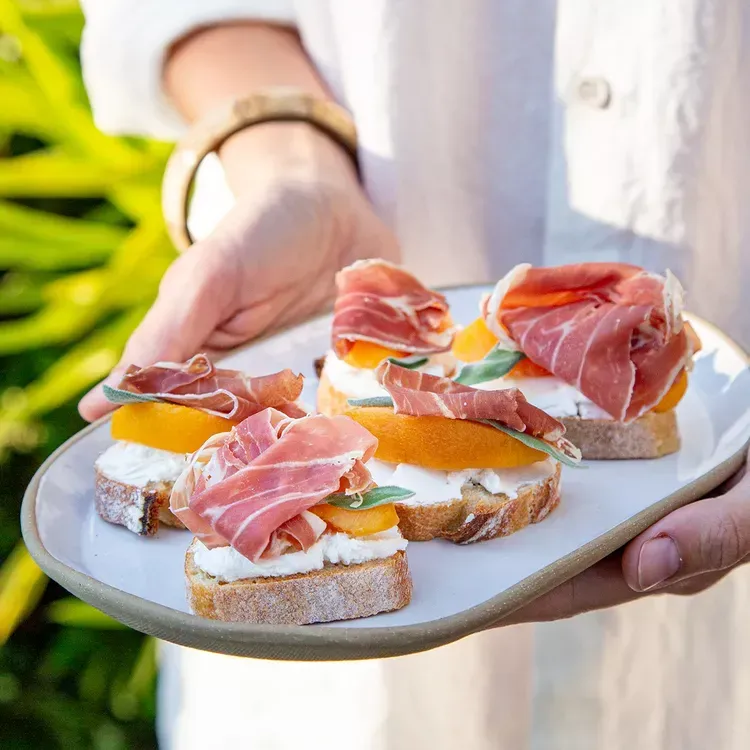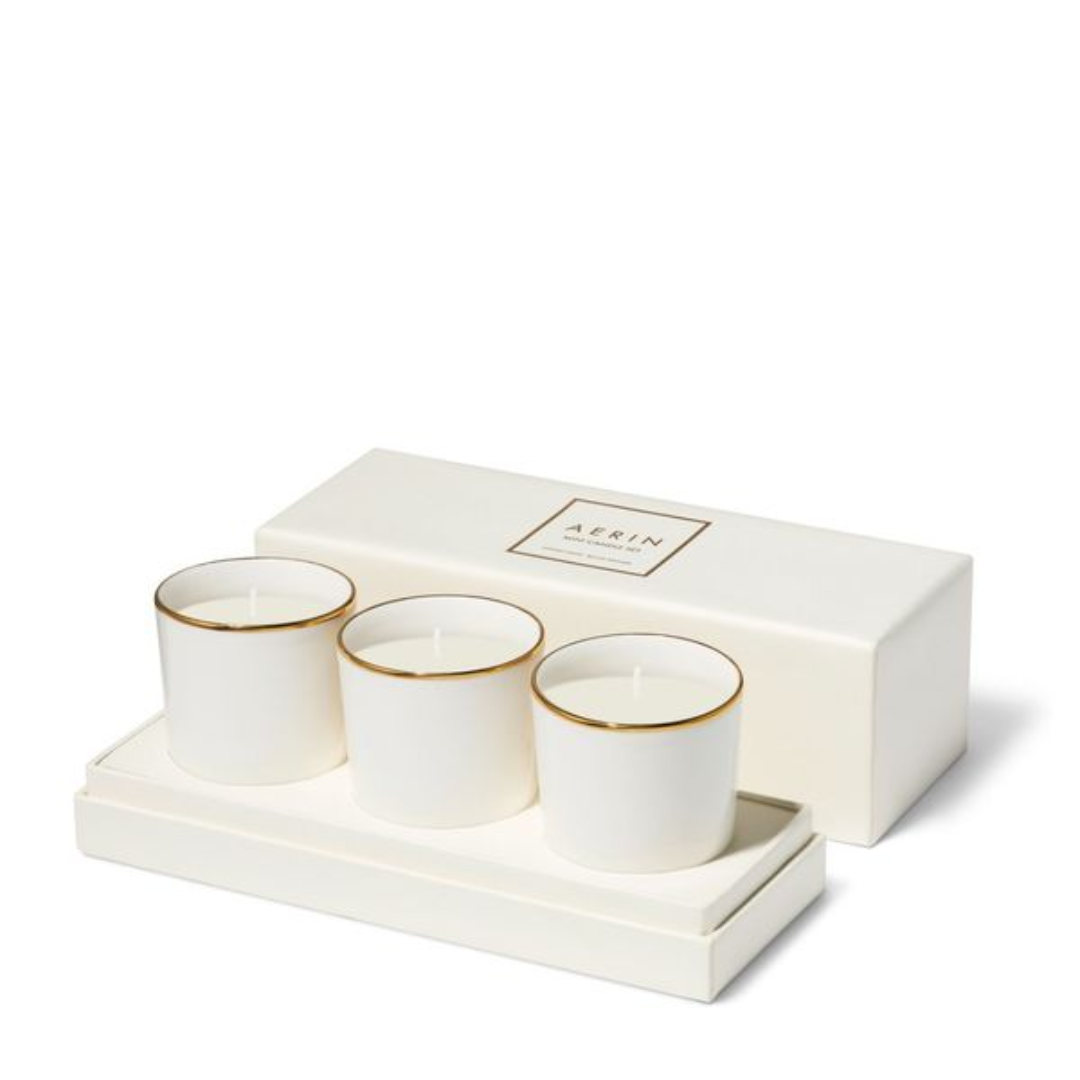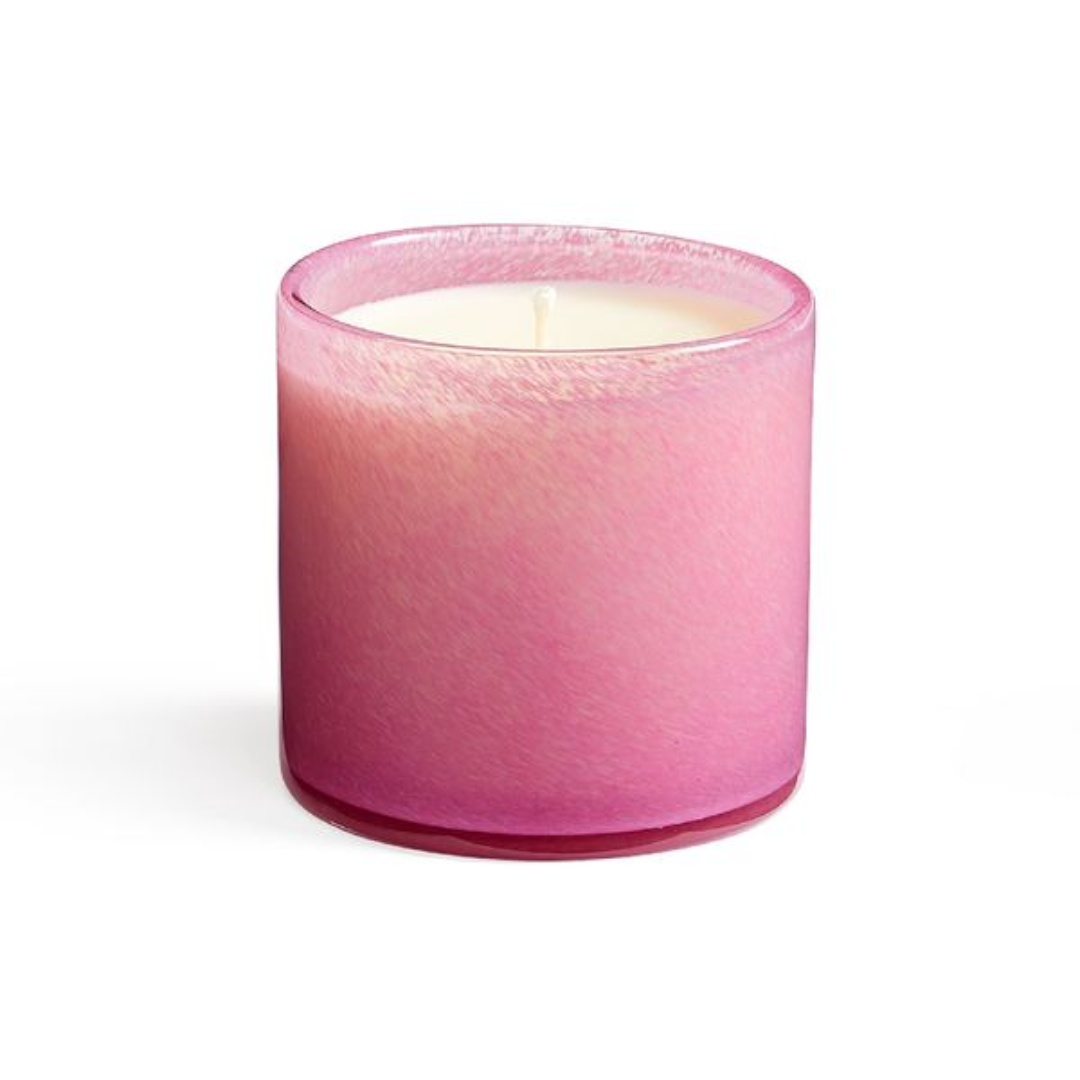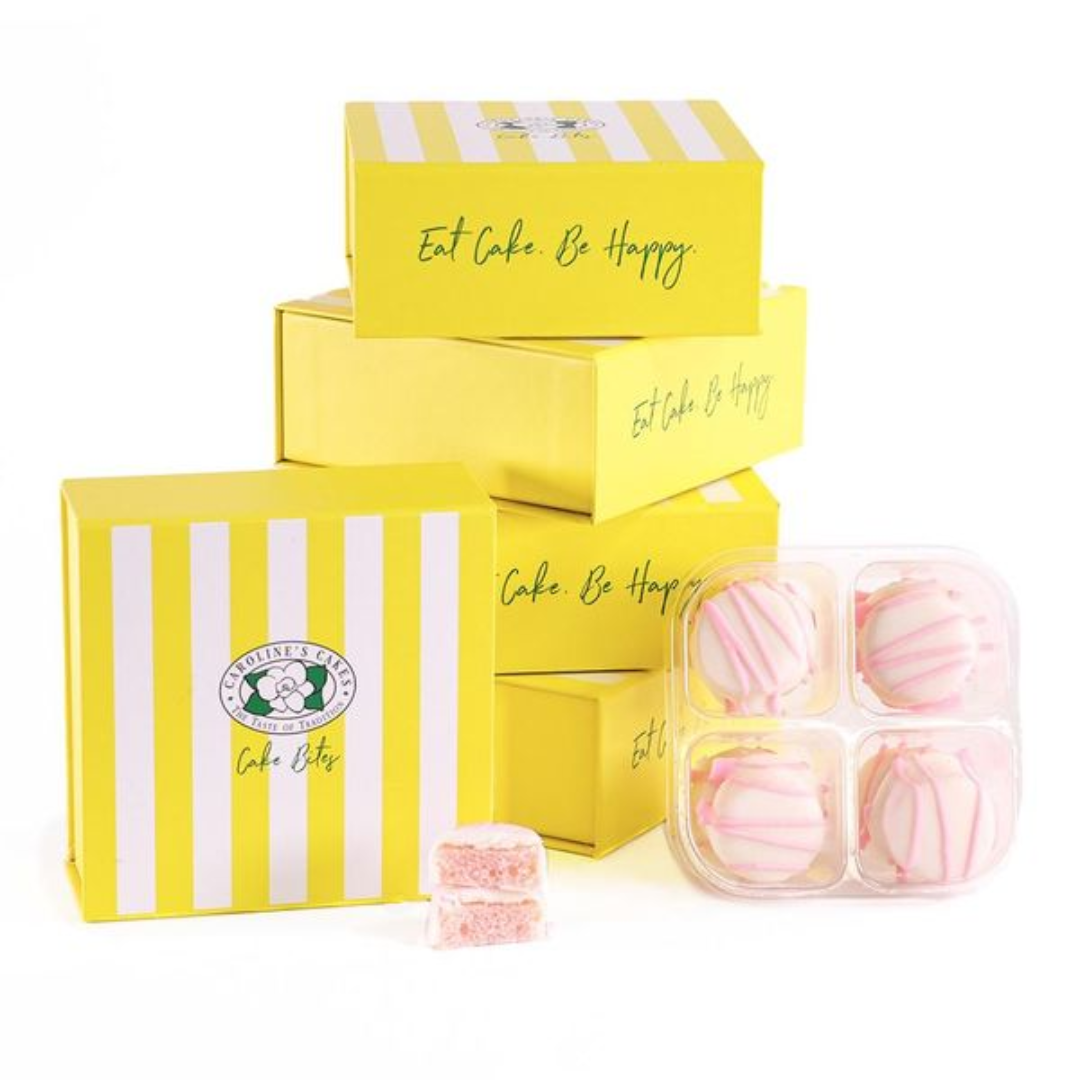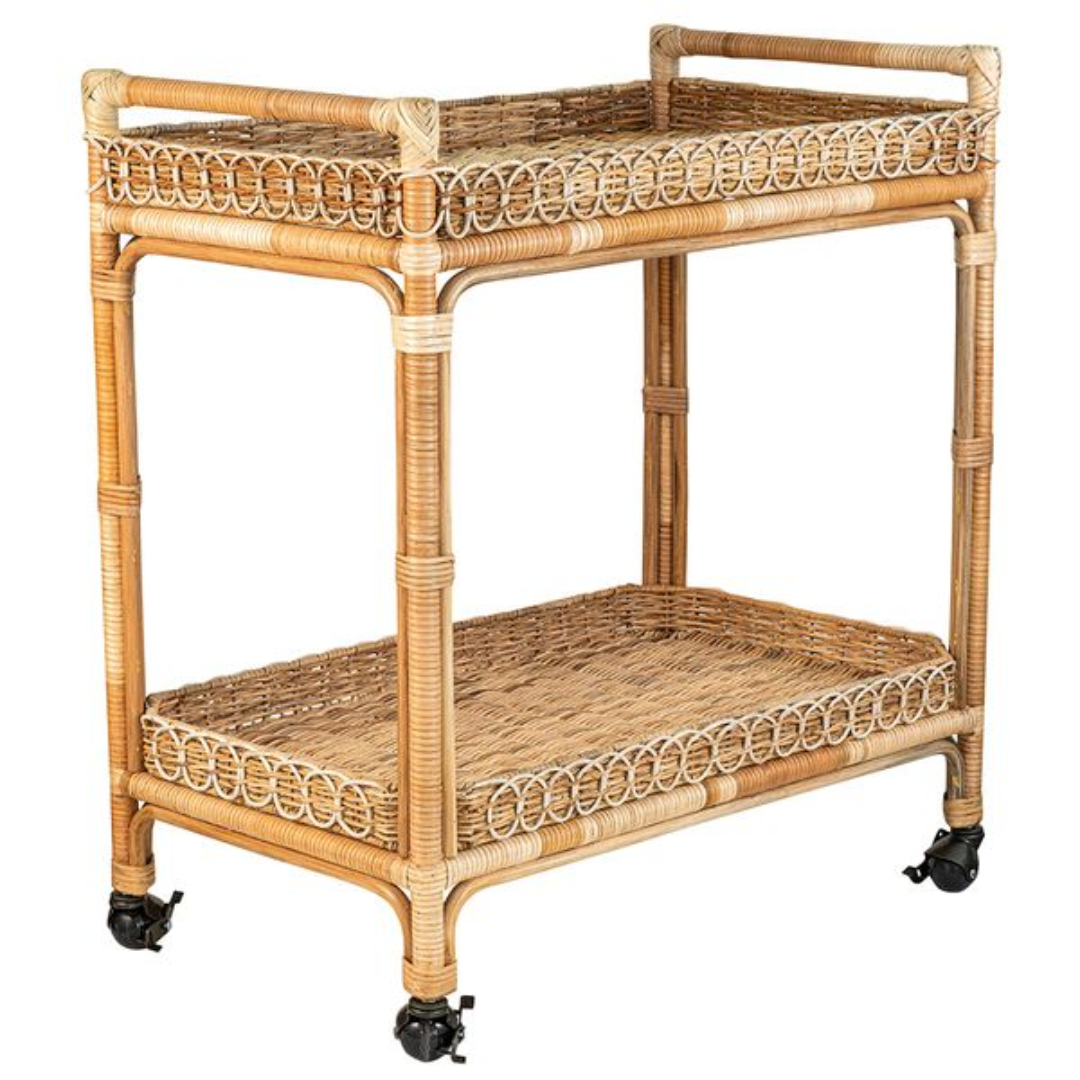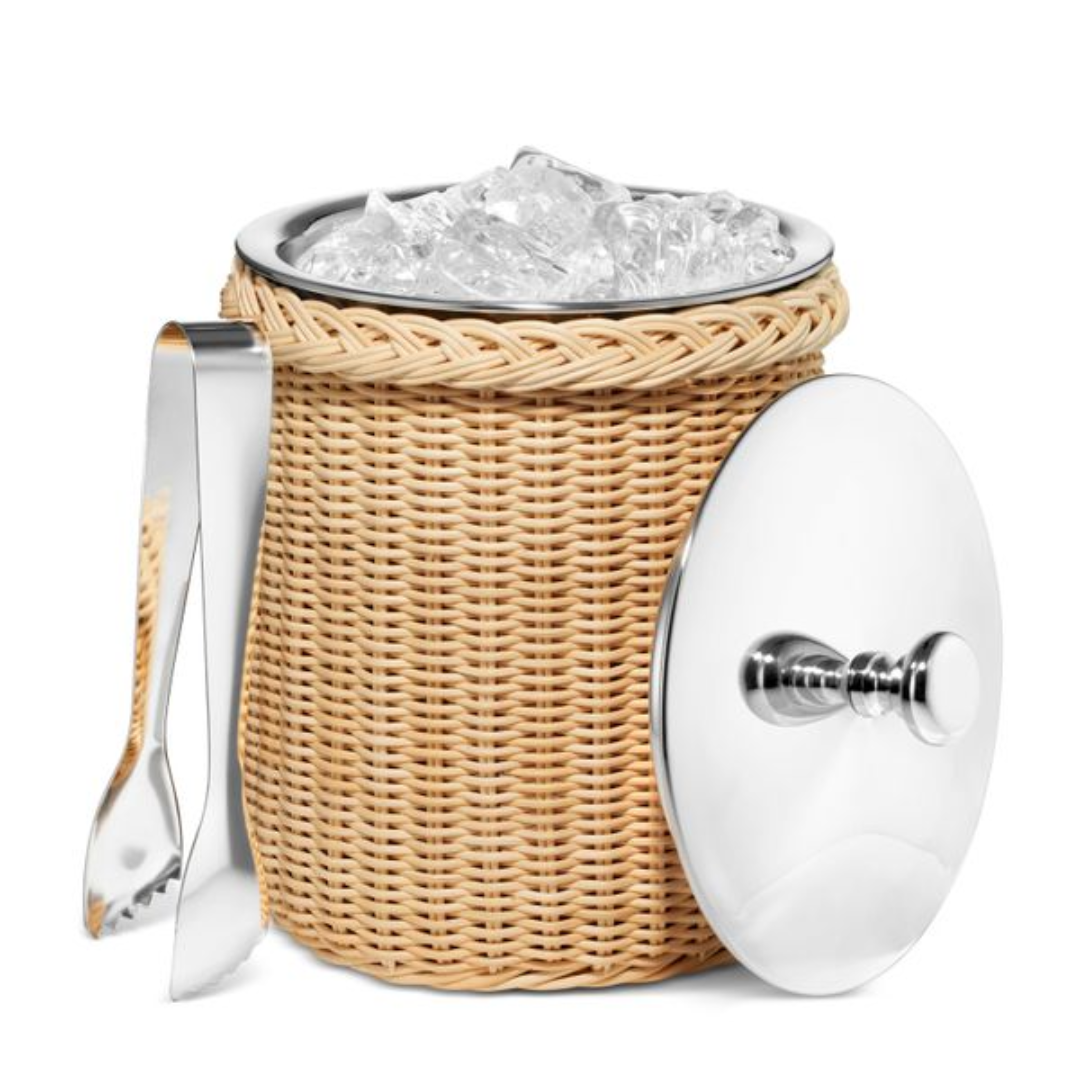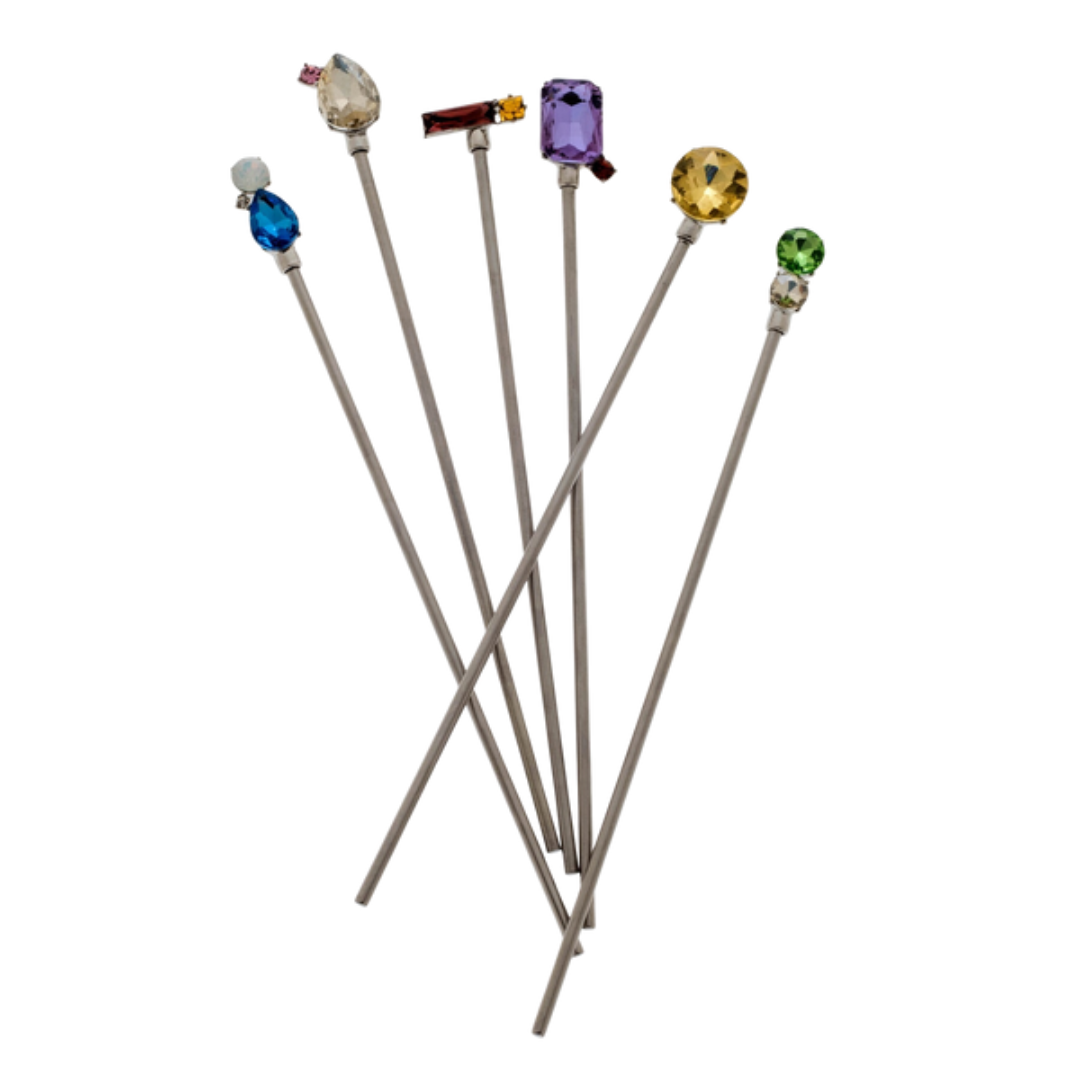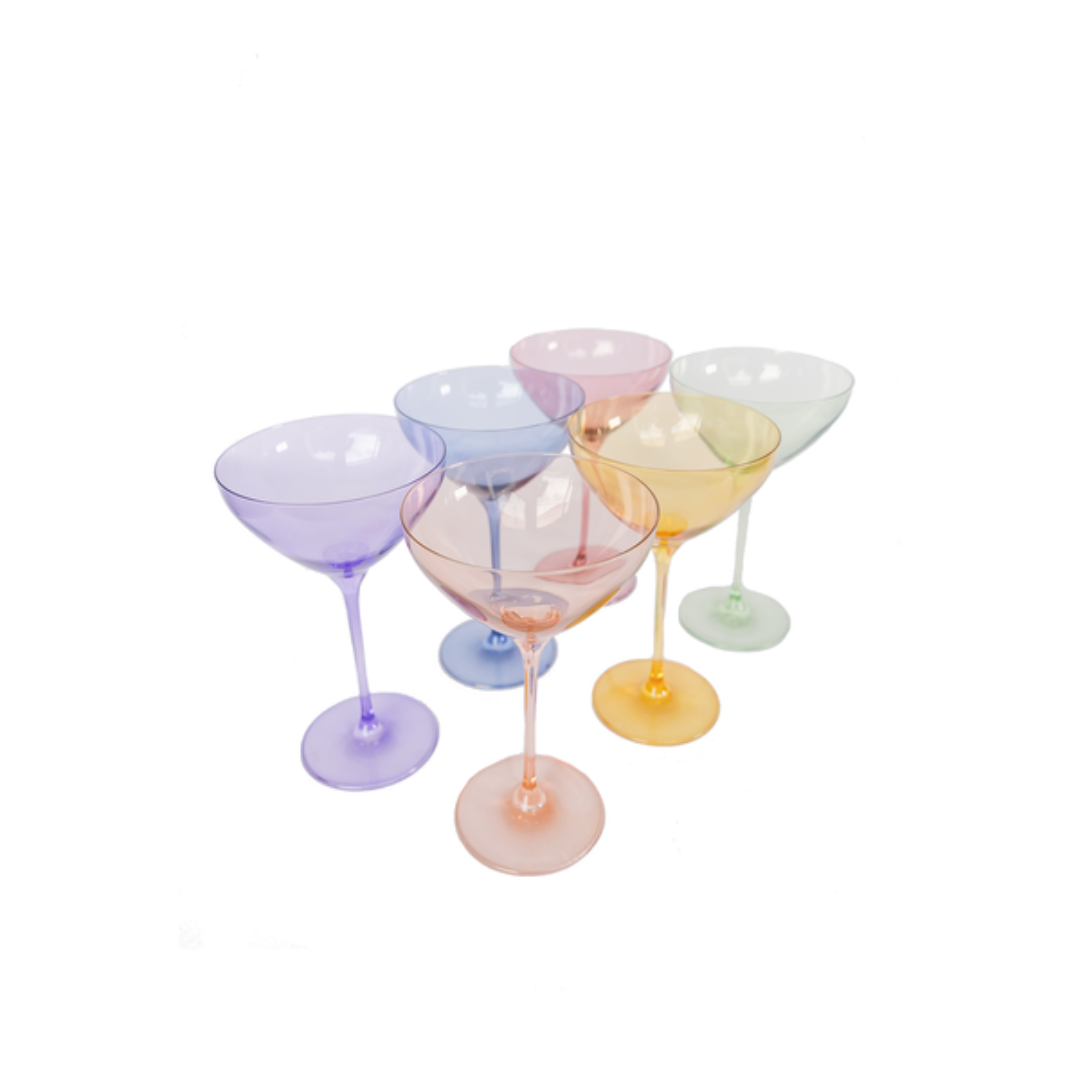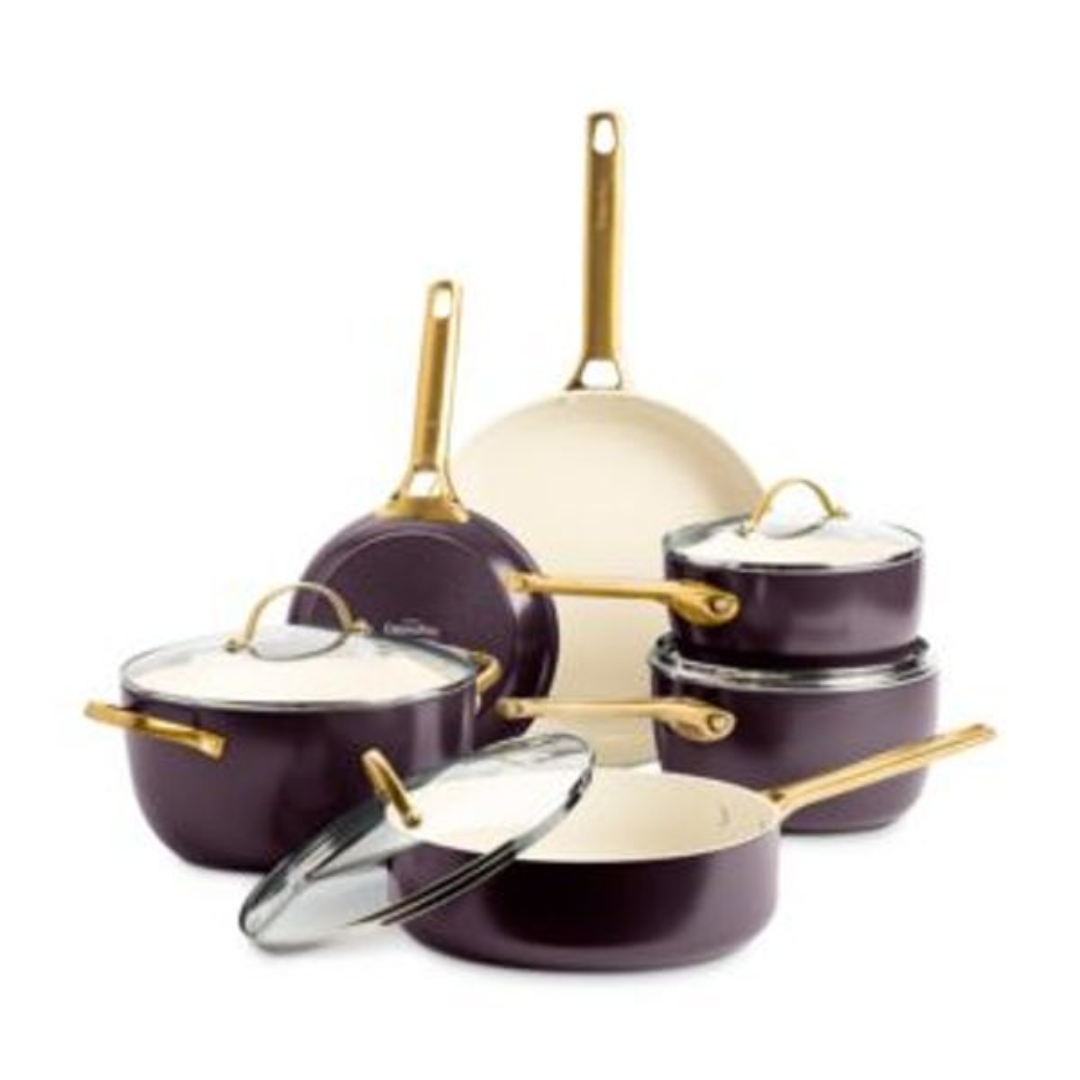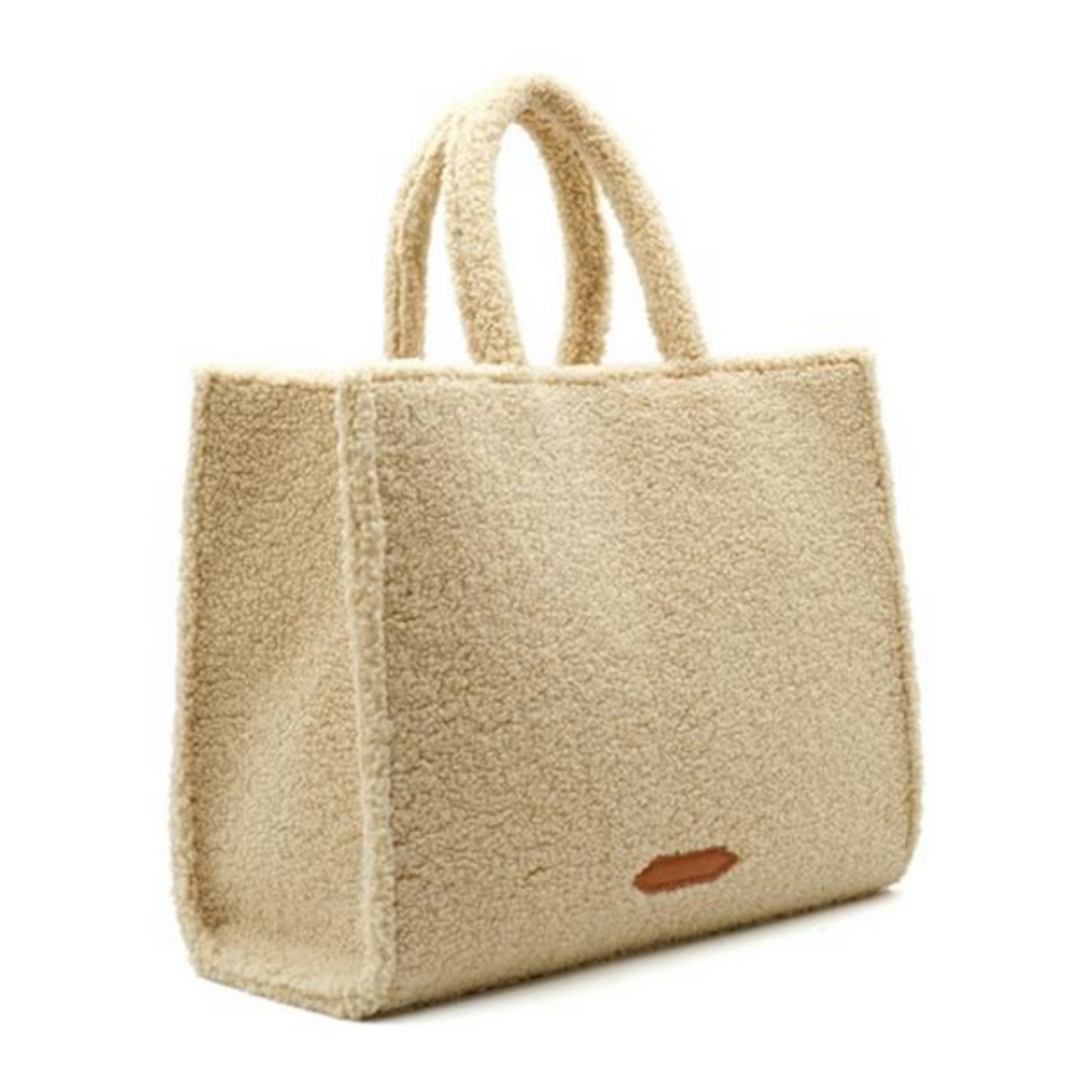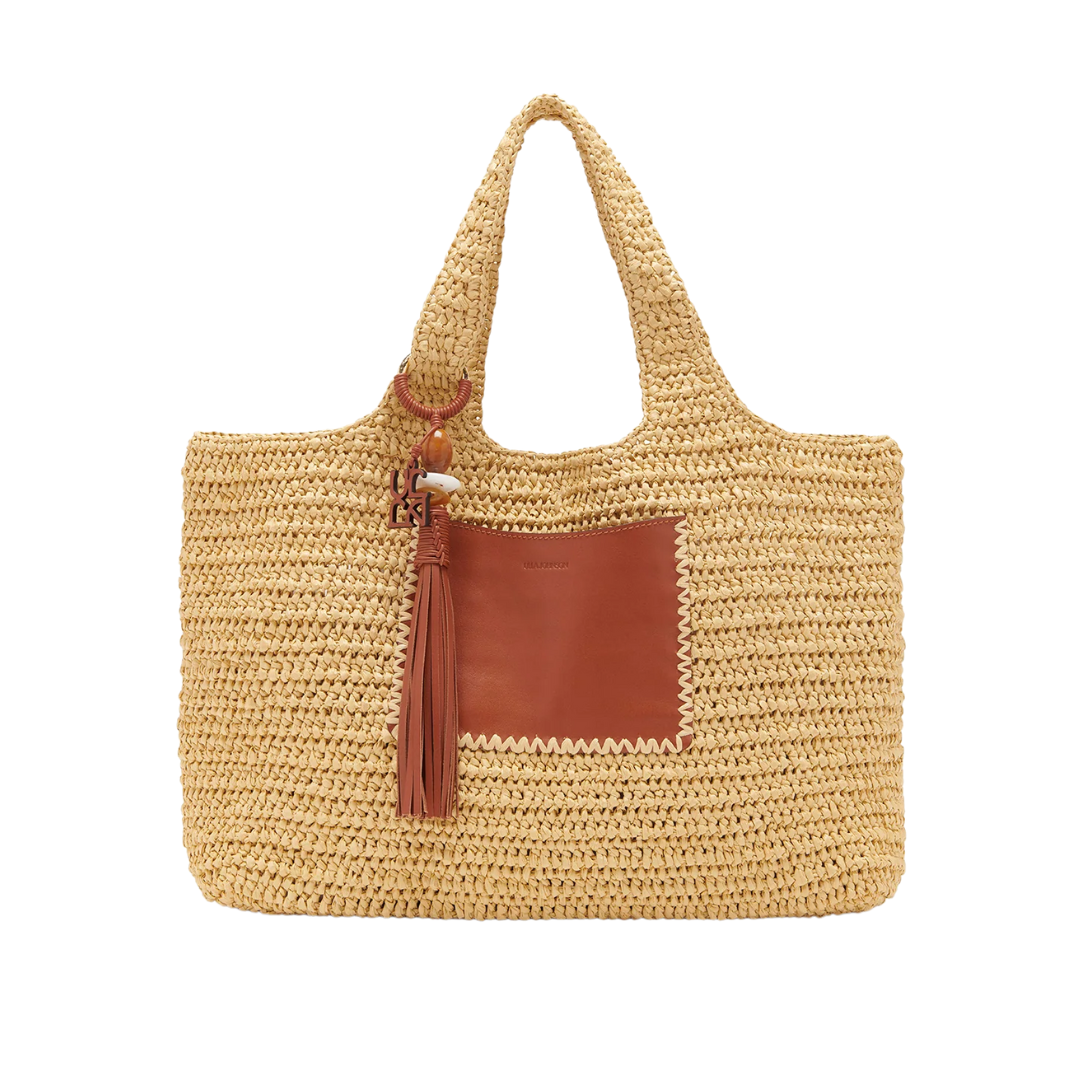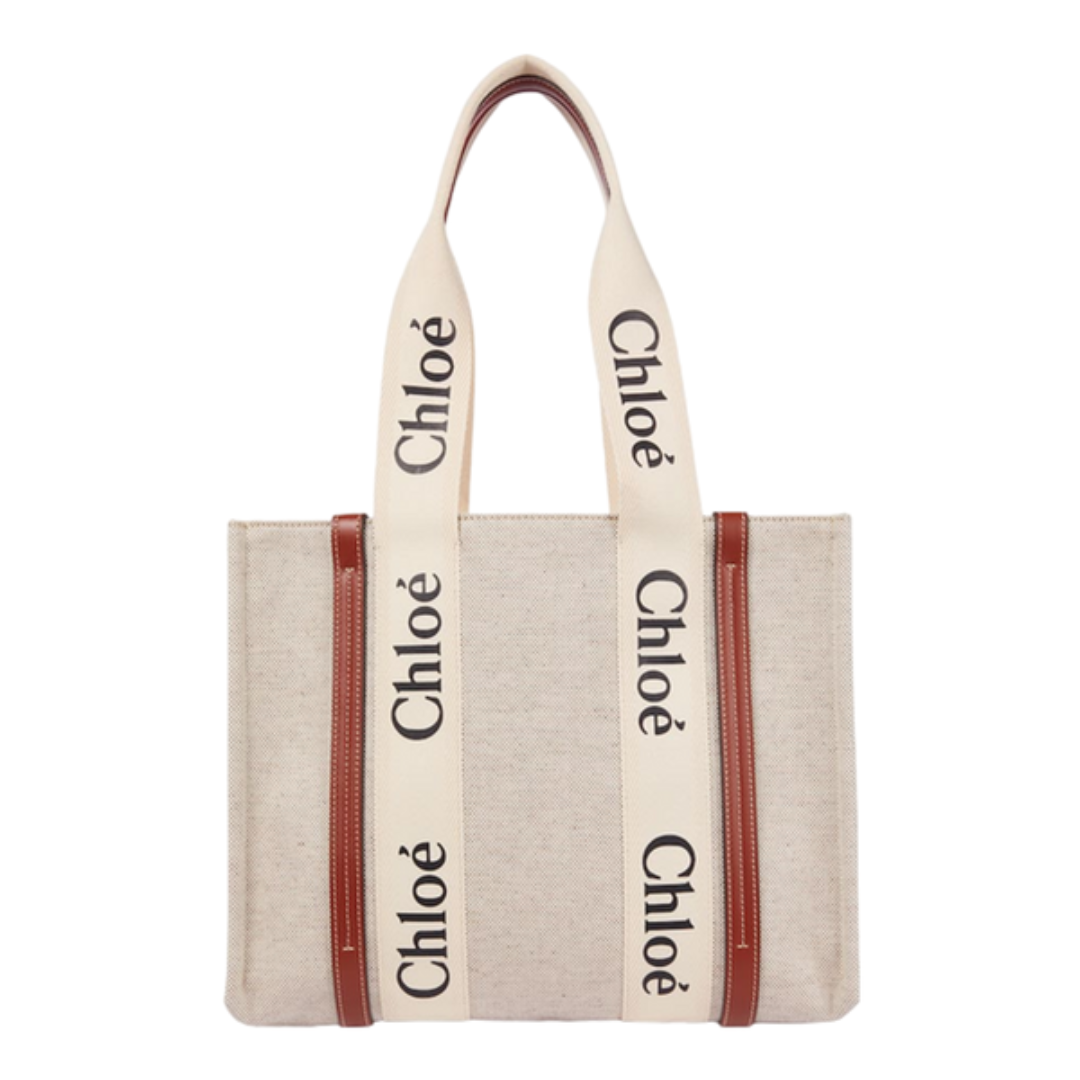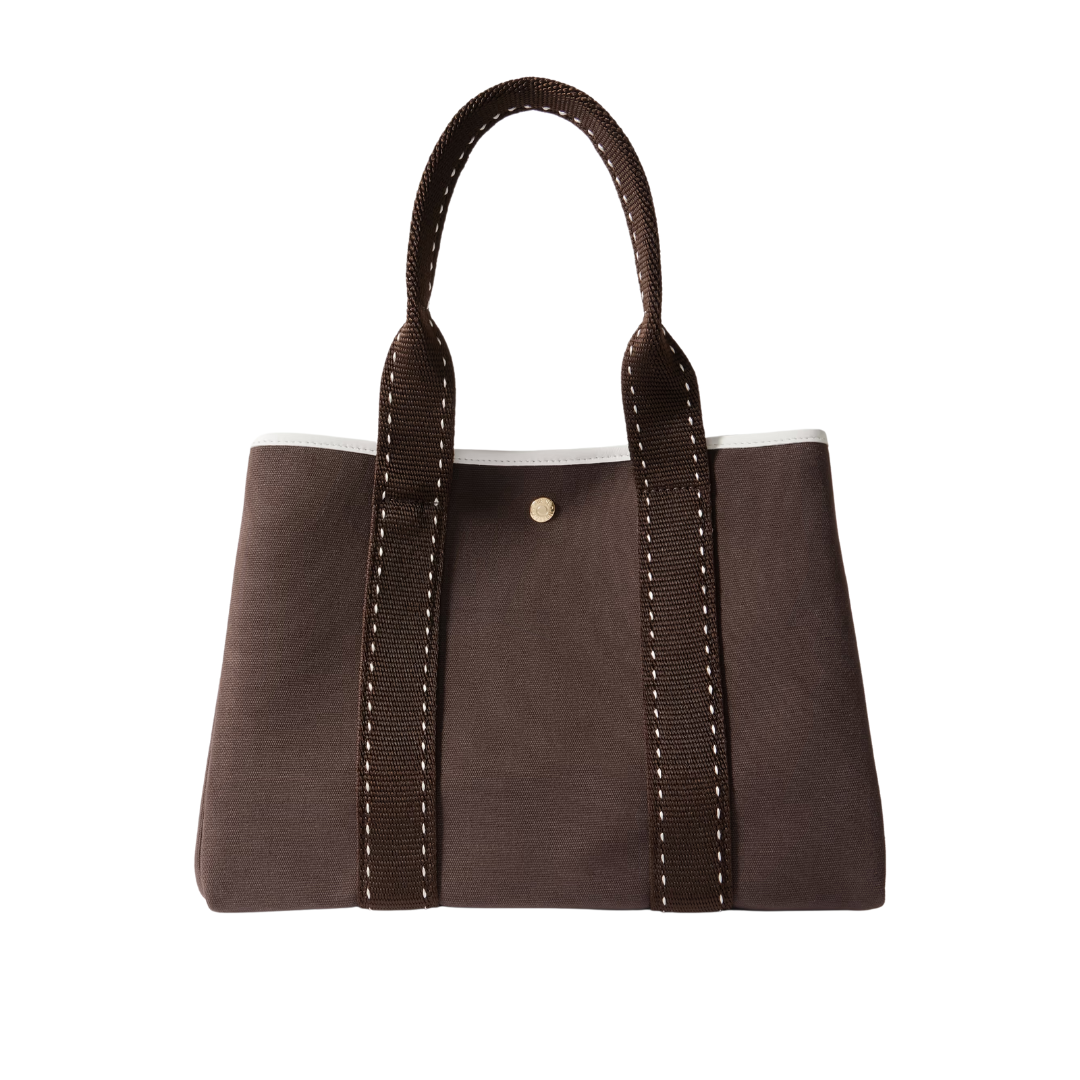A Modern Renaissance
The Revival of a Neo-Italian Renaissance Townhouse in Brooklyn
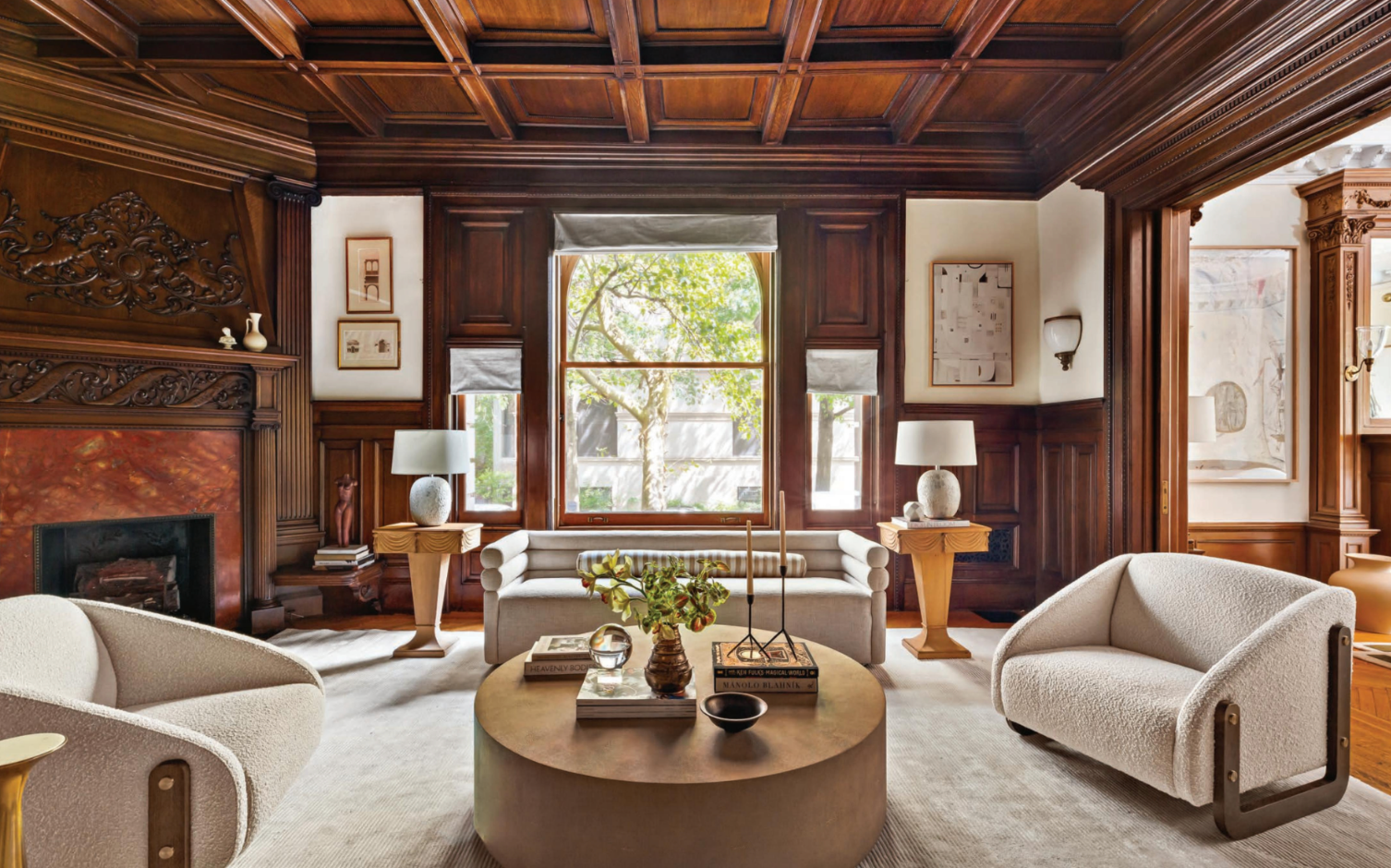
Photography: Shannon Dupre / DDReps (Instagram @shannondupre) | Home Styling: Staged to Sell Home www.stagedtosellhome.com (Instagram @stagedtosellhome)
Nestled in the heart of Park Slope, Brook- lyn stands a Neo-Italian Renaissance masterpiece that has recently undergone a stunning transformation. Originally designed by the renowned architect Montrose Morris in 1898, this 9,000-square-foot limestone townhouse has been reimagined by Jason Saft, the visionary founder of Staged to Sell Home. Through a masterful blend of preservation and modern innovation, Saft has breathed new life into this historic gem, infusing it with contemporary flair while honoring its storied past.
The townhouse, located across from the verdant expanse of Prospect Park, boasts a rich architectural heritage. With its mansion-scaled proportions, intricate wood paneling, and ornate moldings, the house exemplifies the grandeur of the Neo-Italian Renaissance style. "When I was told the address, I was in," recalls Saft. "I've walked past this historic edifice for well over two decades and had always wanted to see the inside of this monumental house."
The challenge for Saft was to modernize the space while accentuating its original details. "The biggest challenge when designing the home was respecting and accentuating the original details while also modernizing, lightening the space (many rooms have dark wood paneling), and making it feel livable and less like a museum," he explains. Saft's approach to modernizing the townhouse involved a delicate balance of old and new, blending pieces by some of today's most celebrated contemporary design- ers-Giancarlo Valle, Sarah Sherman Samuel, Jake Arnold, and Simone Bodmer-Turner-with the home's original architectural features. His inspiration drew from a diverse array of sources, from the elegant styling of Colin King to the eclectic influences of Billy Baldwin, Mario Buatta, and Nate Berkus. "I have historical design books that I've sourced at flea markets and auctions and spent the week leading up to the installation going through such a wide cross-section of images as the house spans so many time periods," Saft notes.
A key element of Saft's vision was to create an inviting and modern atmosphere while preserving the home's historic character. The color palette he selected plays a crucial role in achieving this balance. Drawing inspiration from the lush greenery of Prospect Park, Saft incorporated varying shades of green throughout the house. To counterbalance the heaviness of the dark wood paneling, he introduced lighter hues of cream, beige, and white, with subtle pops of pinks and purples in floral arrangements. This thoughtful selection of colors helps to create a sense of continuity between the interior and the natural surroundings outside.
In addition to the balanced color palette, Saft utilized a mix of textured materials to add depth and warmth to the home's interiors. "I scoured my inventory for a cross-section of more traditional pieces to play with the modern materials brought in," says Saft. The juxtaposition of rich woods with creamy linens, bright white boucles, and brass accents creates a dynamic interplay of textures that elevates the space. The parlor floor features three different wool rugs that not only add a luxurious feel but also bounce light around the room, enhancing the overall brightness of the space.
Saft's approach to styling the townhouse was to embrace its grandeur while ensuring it felt welcoming and lived- in. "The house has many historical details, which can overwhelm some and create the perception of living in a museum," he notes. To counter this, he chose pieces that combine softness and modernity, resulting in a harmonious home that feels thoughtfully curated and collected.
Remarkably, Saft's transformation of the townhouse was executed with incredible efficiency. "I had just one 30-min- ute site visit prior to the tenant leaving the house and then installing 3 days later," he recalls. "I worked off memory and one late-night final visit to prepare for the installation, which lasted for a day and a half. I find some of my best work comes from little to no planning time."
TRANSFORMING A HISTORIC HOME: SAFT'S FIVE TIPS
For those looking to bring a contemporary twist to a historic home, Jason Saft offers the following insights:
1. Embrace the Architecture: Work with the existing architectural elements to create balance and repetition. In this townhouse, Saft mimicked the ceiling moldings with curved ivory couches, creating a natural connectivity from top to bottom.
2. Find Harmony in Color: Use colors from the existing materials to create a sense of harmony. Saft drew inspiration from the green onyx stone in the marble mantle and the park's greenery, choosing complementary colors for the decor.
3. Brighten the Space: Introduce lighter furnishings to counterbalance dark woodwork, making the space feel brighter and more inviting.
4. Mix Old and New: A well-balanced mix of antique and con- temporary pieces adds depth and character to a home. Experi- ment with different combinations to find the perfect blend.
5. Learn from the Past: Educate yourself on traditional design styles and use that knowledge to inform your approach. Re- working traditional pieces with modern accessories can create a balanced and cohesive look.
This Neo-Italian Renaissance townhouse in Brooklyn is a testa- ment to the power of thoughtful design. Through Jason Saft's innova- tive vision, the historic home has been transformed into a modern masterpiece that respects its past while embracing the present. By carefully balancing traditional elements with contemporary flair, Saft has created a space that is both timeless and inviting-a true modern renaissance.
Sources:
FRONT PARLOR: rug by Giancarlo Valle for Nordic Knots, vintage sofa recovered in Holly Hunt fabric, Organic Modernism coffee table, Bridge vase by Simone Bodmer-Turner, vintage books, ceramic vases and bowl by Colin King for West Elm, floor lamp by Jake Arnold for Crate & Barrel. Art Musée De L'Orangerie by Louis Venturelli, Waymarker by Tyler Guinn.
MIDDLE PARLOR: paint- erly Stripe Lumbar Pillow by Sarah Sherman Samuel, Shagreen coffee table by RH, vintage end tables from Holler & Squall, Ambie chair by Jake Arnold for Crate & Barrel.
Artwork: Antique architectural prints, Josh Young. DINING ROOM: Century furniture custom dowel dining table, Rodin dining chair by Athena Calderone for Crate & Barrel.
PRIMARY BEDROOM: Tailor Stitch bed and Marconi sofa by CB2, Stripe Rug by Colin King for West Elm. Calacatta Rose Viola coffee table custom made. Ambie Side Chairs Jake Arnold for Crate & Barrel. Whit Chair Sarah Sherman Samule for Lulu & Georgia. Art: Antique mirror, antique architectural prints, Green Fold by Bobby Berk. Accessories: Colin King for West Elm, collected and found objects.
OFFICE: Kittinger antique desk, Eames Chaise for Herman Miller. Antique books and found objects.







